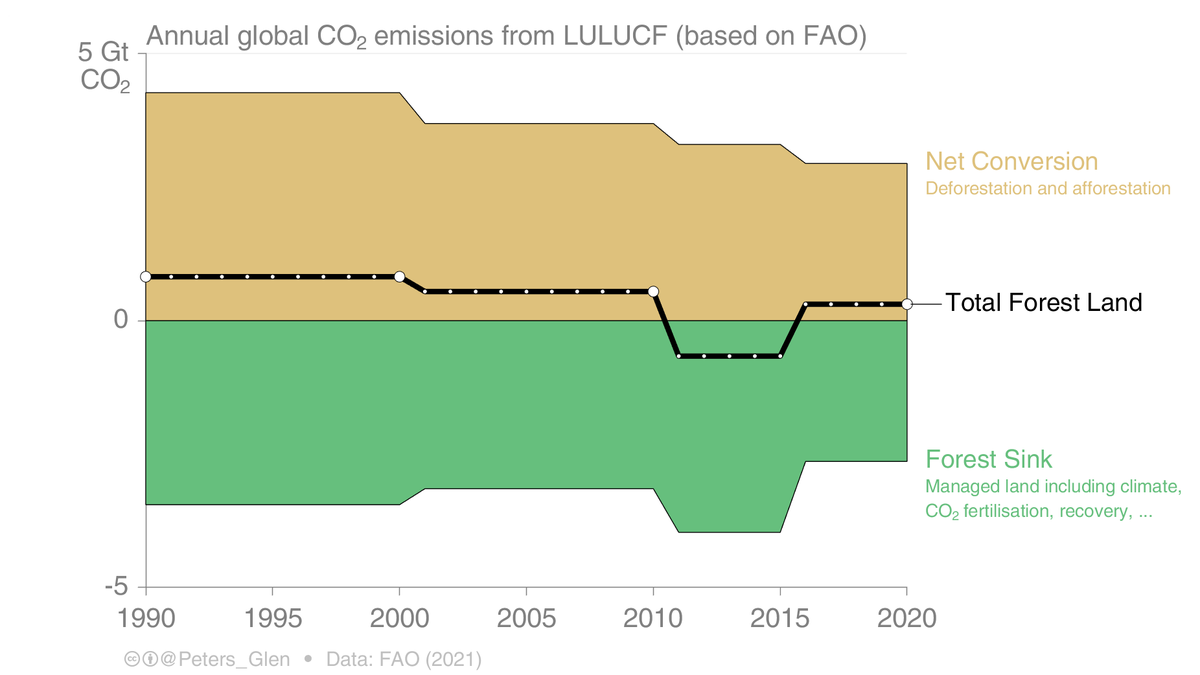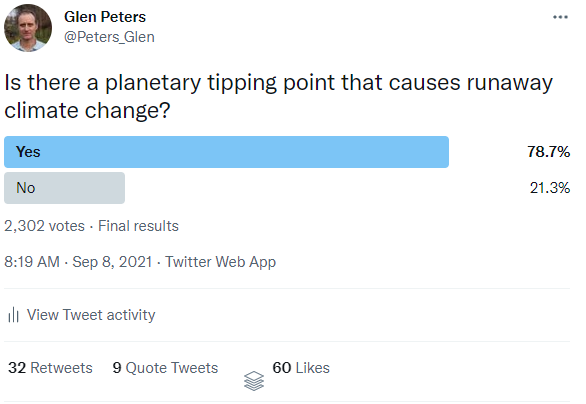
These men were to serve one of the most important messages on the planet: “I almost fell asleep before they got to the point” @JensKjeldsen
Norwegian article on the #IPCC #WG1 Press Conference (Google Translate works) nrk.no/klima/derfor-s…
1/
Norwegian article on the #IPCC #WG1 Press Conference (Google Translate works) nrk.no/klima/derfor-s…
1/

“They spent a very long time talking about themselves, before they came to the decisive. They undermine both the credibility of the message and its own importance. For someone to believe what you say, they must also believe in you as a character”
2/
2/
“They should immediately tell us what distinguishes the finding in this new report from what they already know. The significance for us. What changes we are all facing. And that we now know with much greater certainty.”
3/
3/
With COVID “we see heads of state, ministers and key government officials lined up around rostrums in deep earnest. It is symbolically heavy. The serious content is reflected in the expression. In stark contrast to how the climate report's message was presented”
4/
4/
As the article mentions, the @miljodir (Norwegian) press conference was much better, featuring @janfug, @bjornhs, @trudesto1, Asgeir Sorteberg @BjerknesBCCR, with chair Ellen Hambro
miljodirektoratet.no/aktuelt/arrang…
(In Norwegian of course)
5/
miljodirektoratet.no/aktuelt/arrang…
(In Norwegian of course)
5/

IPCC @jonathanlynn argues this is standard for this style of press conference, the report is for policy makers. In any case, the report has set a viewer record & received media coverage worldwide. He argues it shows that style was not an obstacle to reaching the audience.
6/
6/
Personally, & in the spirit of constructive criticism @IPCC_CH, I think you need to reconsider this style of press conference. Direct to the scientists. Ok to have multiple speakers (but do one at a time, not musical chairs). Try to co-locate speakers if possible.
7/
7/
Have a look at the video linked in the article, & see additional comments from @elisabergskaug & @RasmusBenestad.
Article by @banord & Christine Fagerbakke nrk.no/klima/derfor-s…
What are peoples thoughts on the IPCC press conference? Don't be shy...
8/8
Article by @banord & Christine Fagerbakke nrk.no/klima/derfor-s…
What are peoples thoughts on the IPCC press conference? Don't be shy...
8/8
• • •
Missing some Tweet in this thread? You can try to
force a refresh










